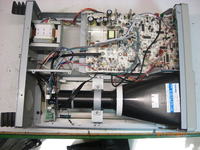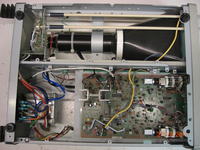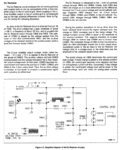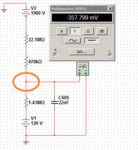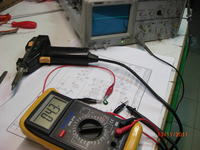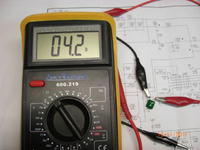whitspirit
Newbie level 5
Hello.
I was looking for solution on the net for my analog oscilloscope tenma 72-6800 and i find this post in edaboard.com:
"Turn up the intensity on the scope and turn down any graticule lights on the display.
Darken the room.
Switch on the scope.
After about 10sec switch of the scope while watching the display.
If you see any indication of a faint flash on the CRT then you have a very good chance that the HT (-1.9kV in your case) and heater voltages are present."
My scope does exactly that...
Please help me to find a solution.
I have electronic skill´s and a small workshop in my father house.
Thanks.
I was looking for solution on the net for my analog oscilloscope tenma 72-6800 and i find this post in edaboard.com:
"Turn up the intensity on the scope and turn down any graticule lights on the display.
Darken the room.
Switch on the scope.
After about 10sec switch of the scope while watching the display.
If you see any indication of a faint flash on the CRT then you have a very good chance that the HT (-1.9kV in your case) and heater voltages are present."
My scope does exactly that...
Please help me to find a solution.
I have electronic skill´s and a small workshop in my father house.
Thanks.
